When You Should You Replace Your ATV/UTV’s Tires, And Why It Matters

Your ATV or UTV’s tires are more than just rubber circles connecting you to the ground—they’re the foundation of safety, control, and performance every time you ride. Whether you’re blasting through sand dunes, crawling rocky trails, or hauling gear across the farm, your tires take a beating. But when do you know it’s time to replace them? Unlike a car, where wear indicators are easy to spot, ATV and UTV tires demand a closer look.
In this guide, we’ll break down the key factors—age, mileage, tread wear, dry rot, damage, and riding conditions—that tell you when it’s time for a new set. We’ll also explain why changing tires before they fail isn’t just about performance, but about keeping you safe.
1. Tire Age: The Silent Factor
Even if your ATV or UTV doesn’t rack up big miles every season, time alone takes a toll on tires. Rubber compounds degrade due to UV exposure, temperature changes, and other environmental factors that you can’t see happen in real time.
General Rule of Thumb: Replace ATV/UTV tires every 4–6 years, even if they “look fine.”
Why: Older tires harden and lose grip, especially in wet or loose conditions. They’re also more prone to cracks and blowouts.
If you’ve bought a used machine, check the date code on the sidewall (a four-digit number indicating the week and year of manufacture) if there is one. If the tires are pushing past that 5–6 year mark, it’s time to consider fresh rubber.
2. Tread Wear: Losing Traction
Just like with trucks or passenger cars, tread depth matters. But since ATV and UTV tires come in so many designs—mud tires, sand paddles, trail all-terrains—“worn out” looks different depending on style.
Trail or All-Terrain Tires: Look for lugs that are rounded, shallow, or unevenly worn. Once they’ve lost 70–80% of their depth, traction drops quickly. And no traction means no forward progress, plus potentially dangerous handling characteristics.
Mud Tires: If the lugs don’t have the bite to self-clean, you’ll get stuck more often. When mud starts to pack in and stay put, your tire has reached the end.
Sand Tires: Paddles wear down over time. Once they lose sharp edges, you’ll notice slippage and a drop in acceleration.
In short, if your tires no longer dig, grip, or clear terrain like they once did, that’s a clear sign you need replacements.
3. Mileage: Rough Guidelines
Mileage is trickier with off-road tires, since terrain and riding style vary so much. A set of mud tires used sparingly might last 2,500 miles or more, while aggressive desert or rocky trail riding could chew through them in less than 1,000.
As a general range:
Trail tires: 2,000–5,000 miles
Mud tires: 1,000–2,500 miles
Sand paddles: 500–2,000 miles
These are broad estimates—pay attention to condition and performance more than a strict number.
4. Cracks, Dry Rot, and Weathering
Dry rot is one of the most dangerous and overlooked tire issues. It shows up as tiny cracks along the sidewall or between tread blocks. Causes include sun exposure, ozone, and sitting for long periods without use. That's right: The tires on the ATV you park during the winter still needs its tires replaced after a few years.
Early Signs: Small surface cracks that look cosmetic.
Advanced Rot: Deeper cracks, sidewall brittleness, chunks missing.
Even if tread depth is fine, dry rot weakens the structural integrity of the tire. It can lead to blowouts at speed or total failure under load—both of which can cause serious accidents. If you see cracks, don’t gamble. Replace the tire.
5. Cuts, Punctures, and Other Damage
ATVs and UTVs go places that test the limits of tires—rocks, roots, sticks, and debris are constant hazards. Not all damage is repairable.
Small Punctures: Can sometimes be plugged or patched, but plugs are best left as short-term fixes.
Sidewall Damage: Sidewalls flex constantly, so cuts or bubbles here are unsafe to repair.
Chunks Missing: If lugs are tearing off or large sections of rubber are gone, the tire is compromised.
Your machine’s stability depends on even tire performance. If one tire is badly damaged, replacing just that one may throw off handling—it's usually smarter to replace in pairs.
6. Uneven Wear and Alignment Issues
If you notice one tire wearing faster than the others, it could be a sign of suspension or alignment problems. While you should address the mechanical issue, the worn tire itself is unsafe and needs replacing.
Uneven wear also affects how your machine handles—pulling to one side, reduced steering response, or instability in turns. Don’t ignore these red flags.
7. Loss of Performance
Sometimes the signs aren’t visual. Pay attention to how your machine feels:
Do you slide more in corners?
Does climbing a hill take more throttle than before?
Are braking distances longer?
Do you spin out in terrain that used to be easy?
All of these are performance symptoms that your tires are no longer gripping the way they should.
8. Why Replacing Tires Matters for Safety
Tires aren’t just about ride quality—they’re your first line of defense against accidents. Worn or aged tires:
Reduce Traction: Making it harder to stop or steer, especially in mud, snow, or sand.
Increase Blowout Risk: Sidewall cracks or old rubber can fail without warning.
Cause Rollovers: Uneven grip or sudden failure at speed on uneven ground can flip an ATV or UTV.
Stress Other Components: Bad tires put extra strain on suspension, steering, and drivetrain parts.
In off-road riding, where traction and control already vary wildly, you can’t afford compromised tires. A fresh set dramatically improves handling, safety, and confidence.
Tips to Maximize Tire Life
While replacement is inevitable, you can stretch out the life of your tires with some good habits:
Proper Inflation: Check pressure before rides. Under-inflation causes sidewall flex and overheating, overinflation reduces traction and increases wear.
Storage: Keep your machine out of direct sunlight, ideally in a garage. If outside, use a cover.
Rotation: If tread patterns allow, rotate tires to even out wear.
Cleaning: Wash off mud, sand, and chemicals that accelerate degradation.
Replacing ATV or UTV tires isn’t just about avoiding inconvenience—it’s about preventing accidents and keeping your machine performing its best. While tread depth and mileage give you obvious clues, don’t overlook less visible factors like age, cracks, or dry rot.
When in doubt, err on the side of safety. Tires are one of the most important components on your ATV or UTV, and they’re also one of the most cost-effective upgrades you can make. After all, every ride starts—and ends—where your tires meet the ground.

Ross hosts The Hooniverse Podcast. He has been in the off-road world since he was a kid riding in the back of his dad’s YJ Wrangler. He works in marketing by day and in his free time contributes to Hooniverse, AutoGuide, and ATV.com, and in the past has contributed to UTV Driver, ATV Rider, and Everyday Driver. Ross drives a 2018 Lexus GX460 that is an ongoing build project featured on multiple websites and the podcast.
More by Ross Ballot









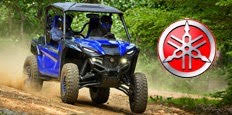






![Derek Guetter Lands 75-foot Back Flip [video]](https://cdn-fastly.atv.com/media/2022/10/24/8742829/derek-guetter-lands-75-foot-back-flip-video.jpg?size=350x220)


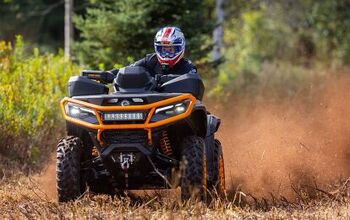
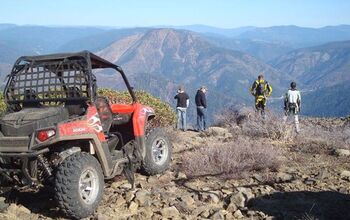
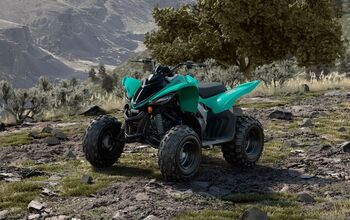

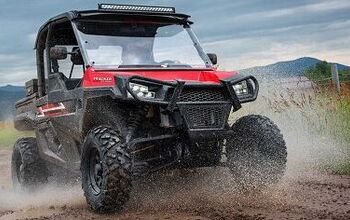
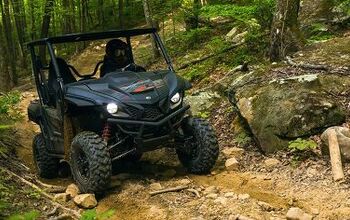
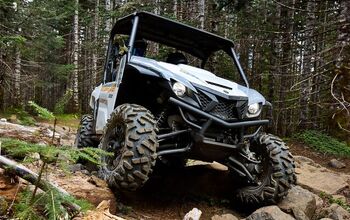

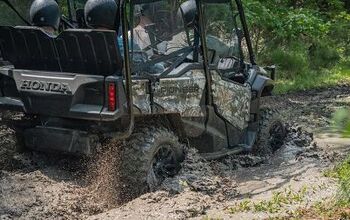
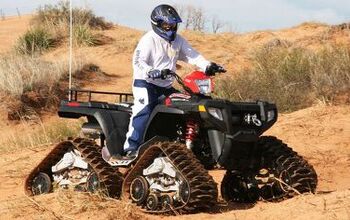
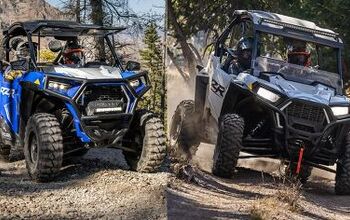
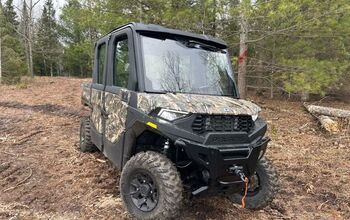
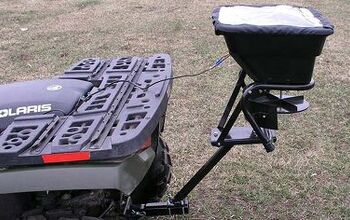
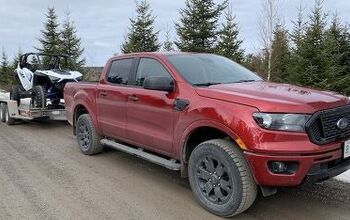

Comments
Join the conversation